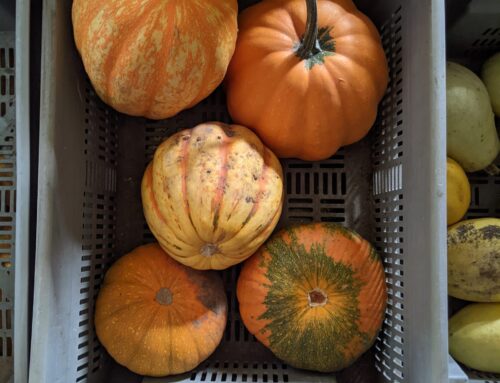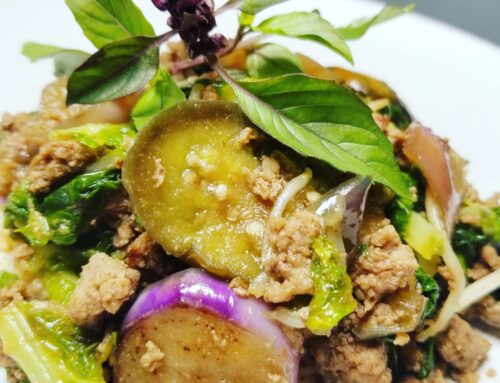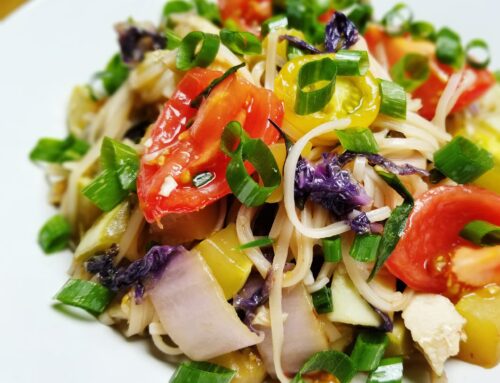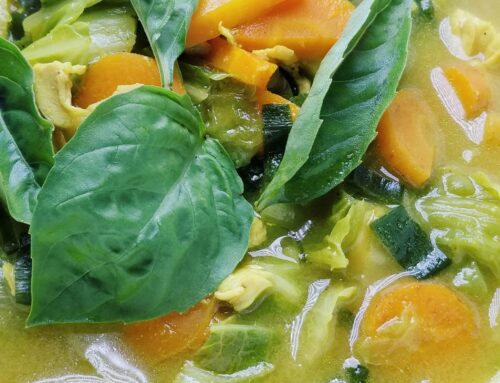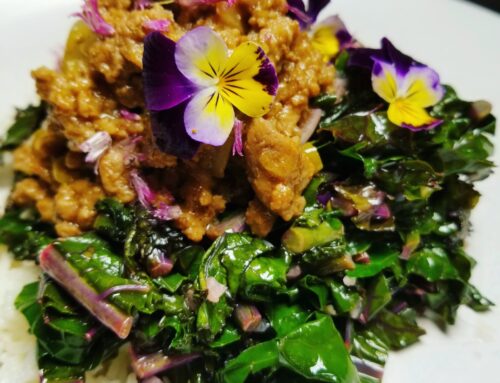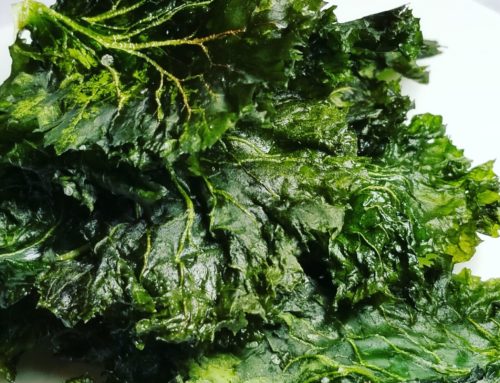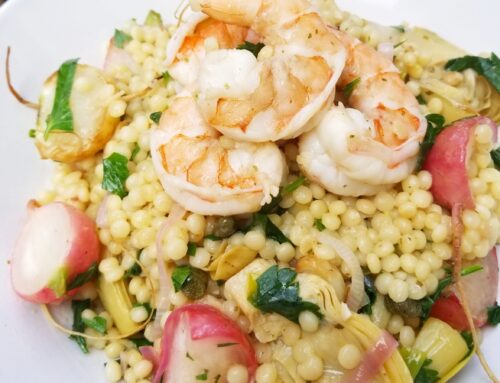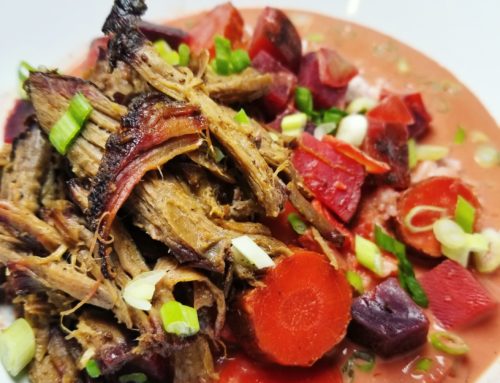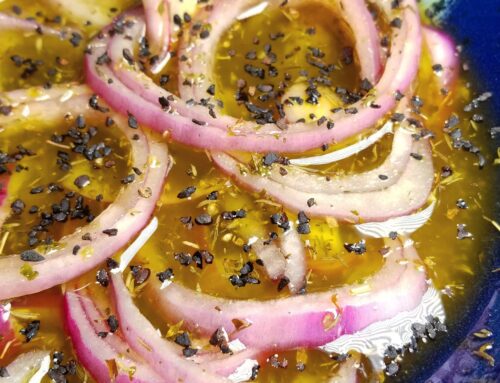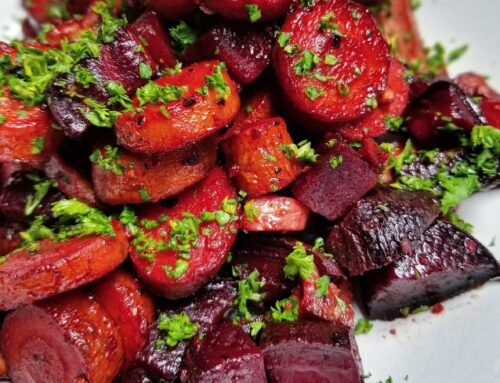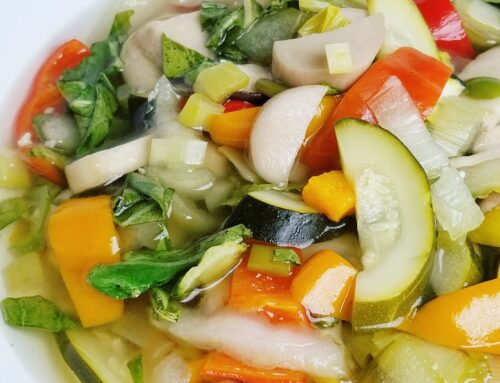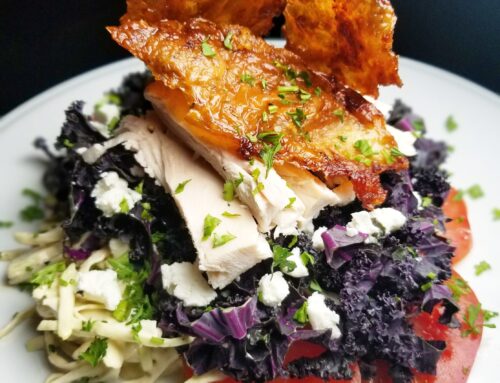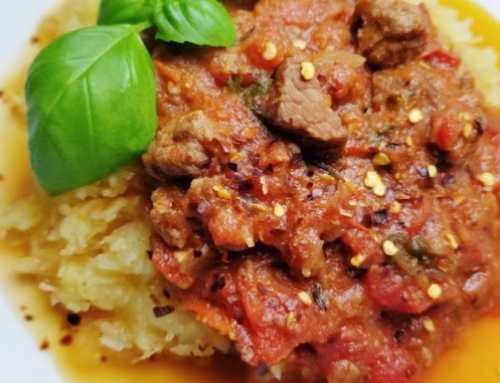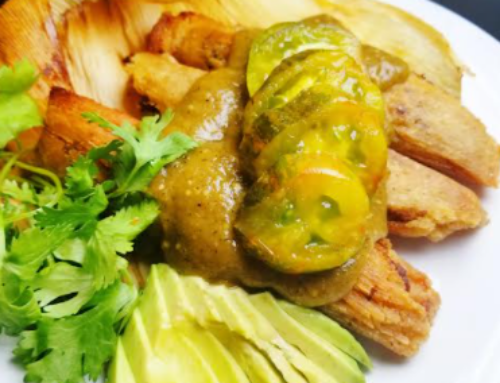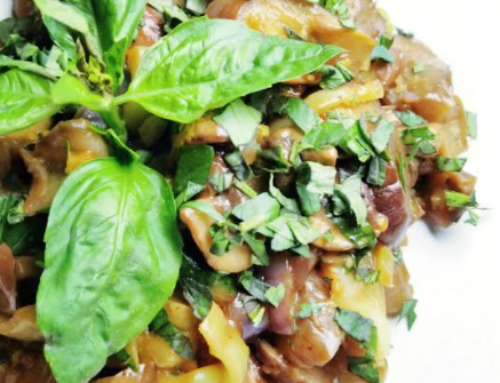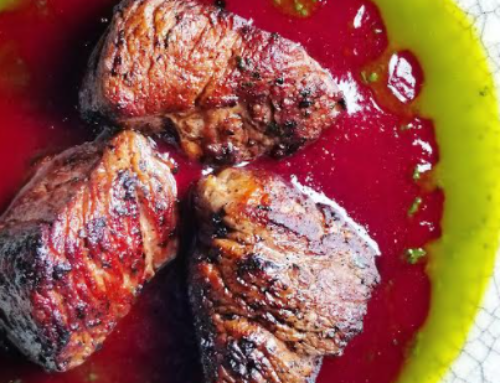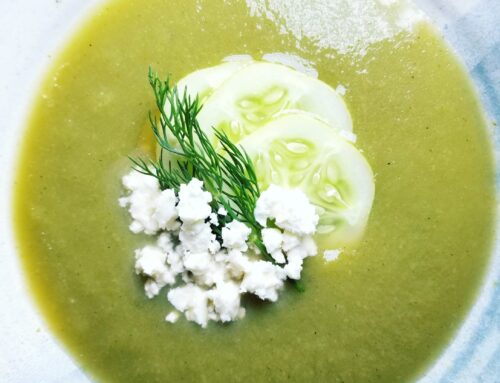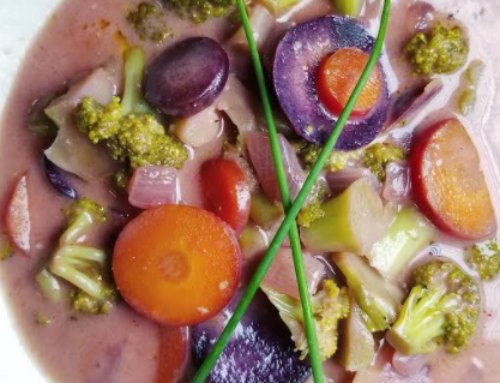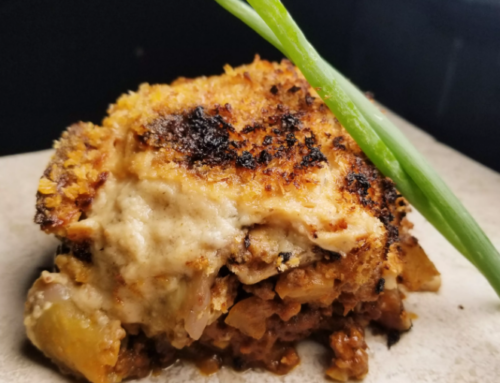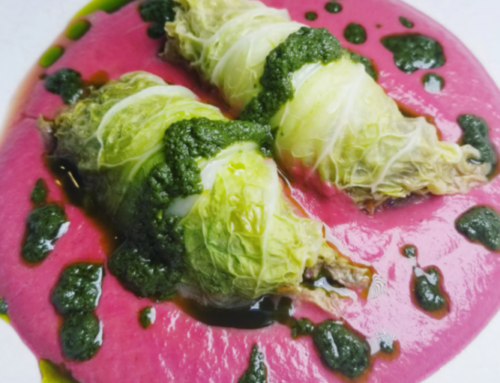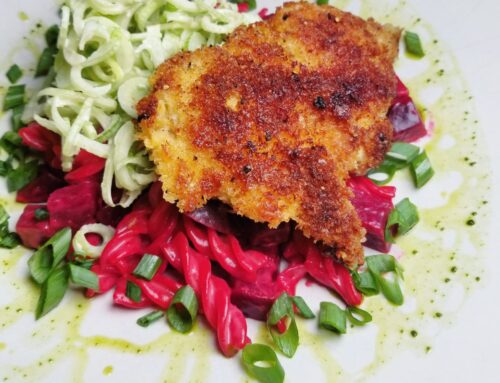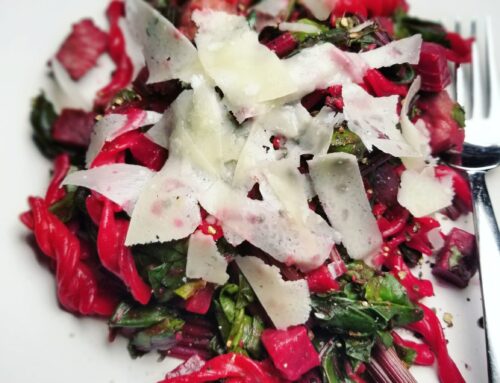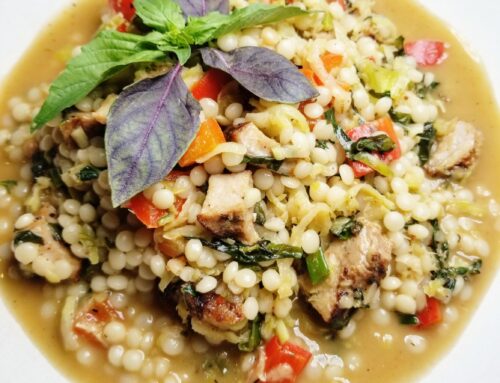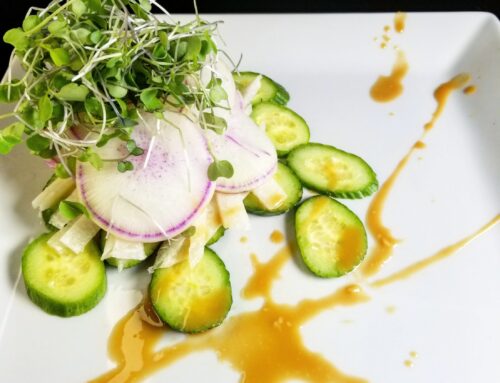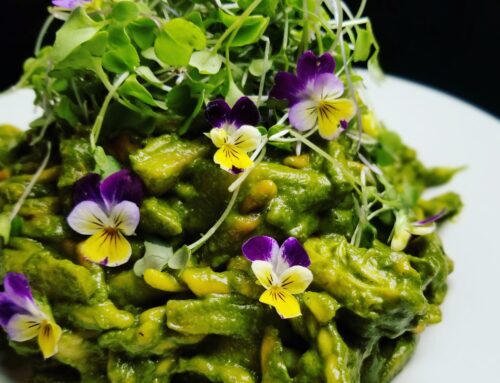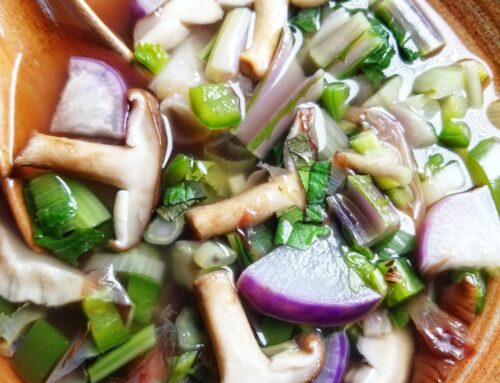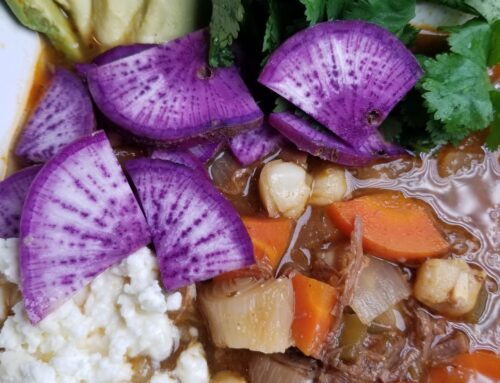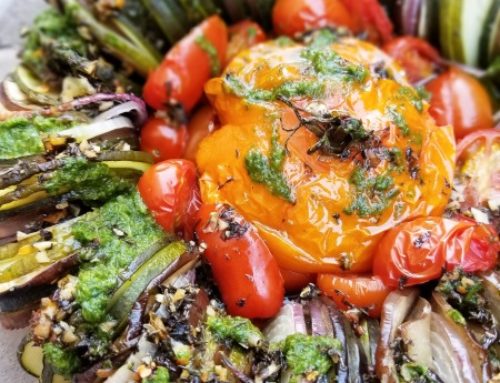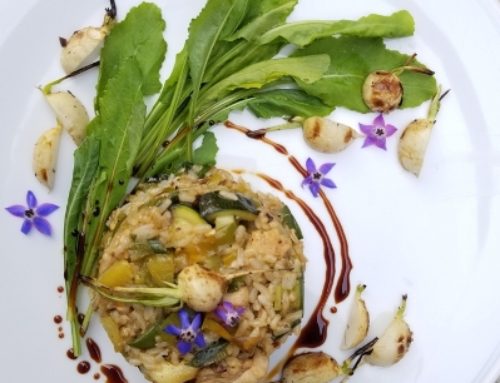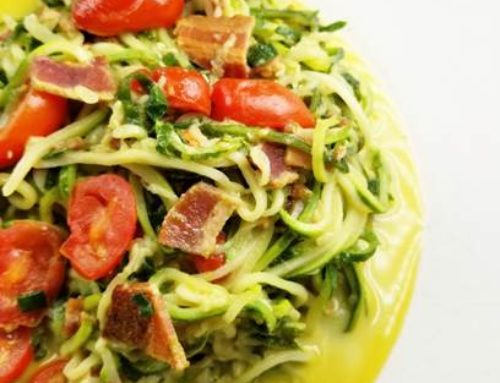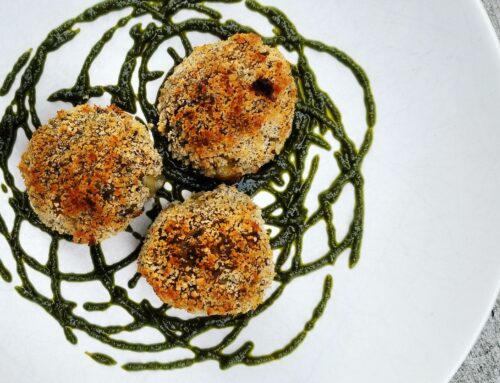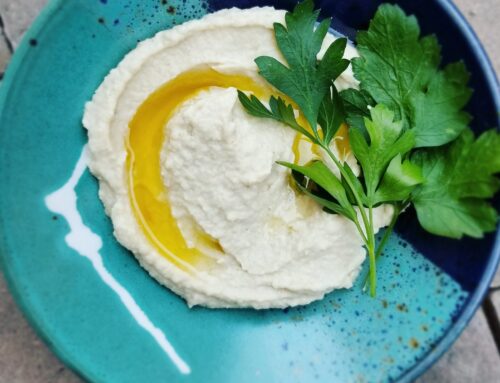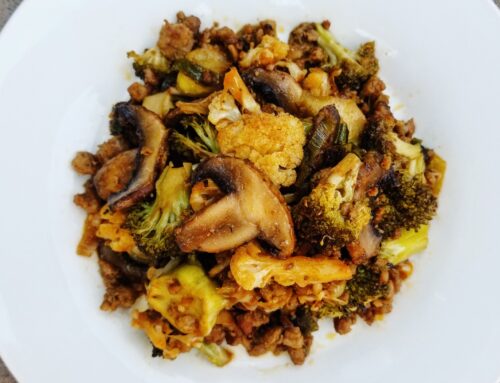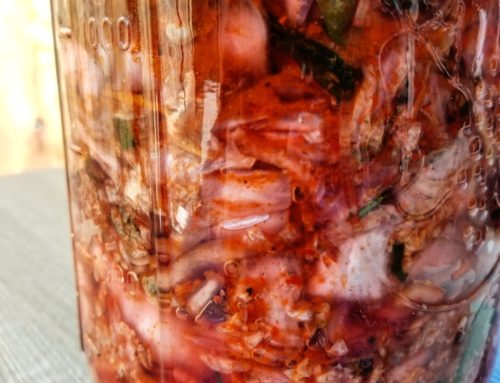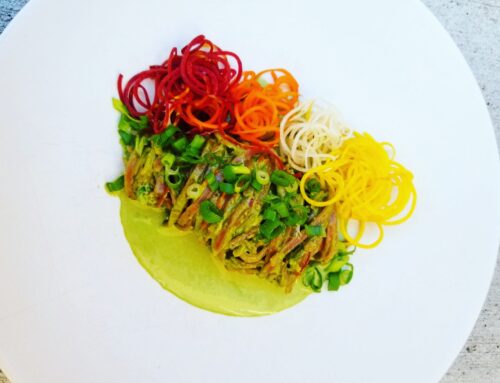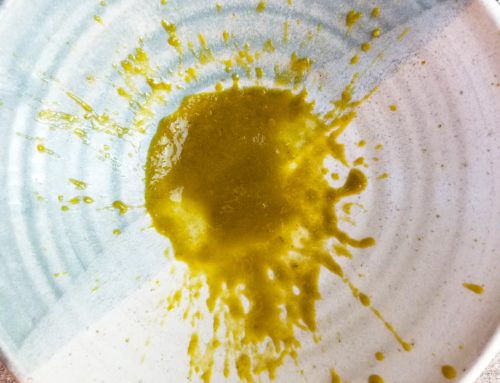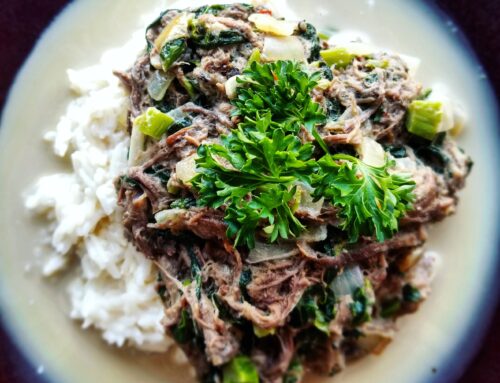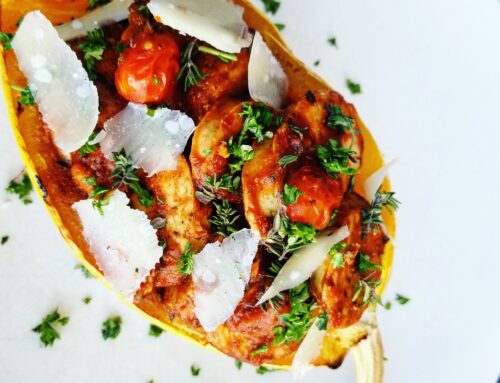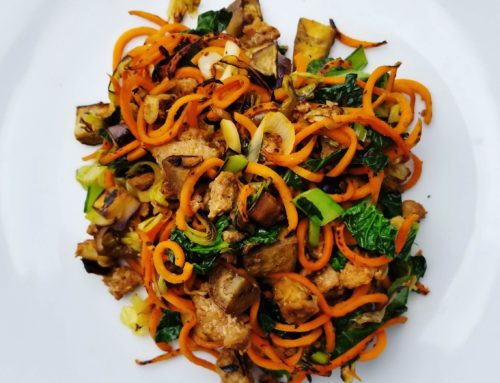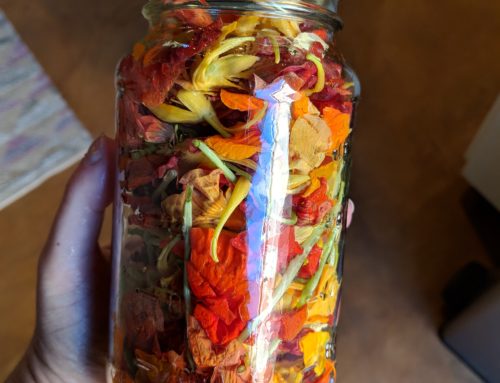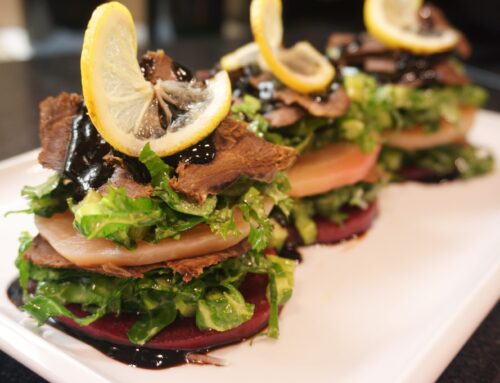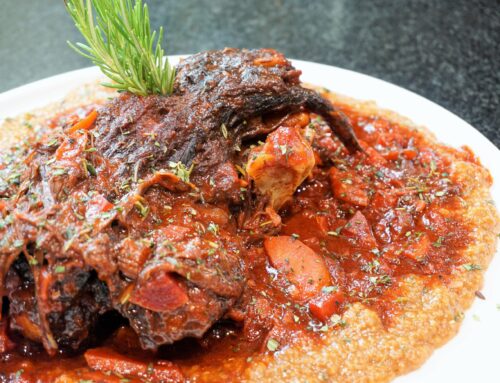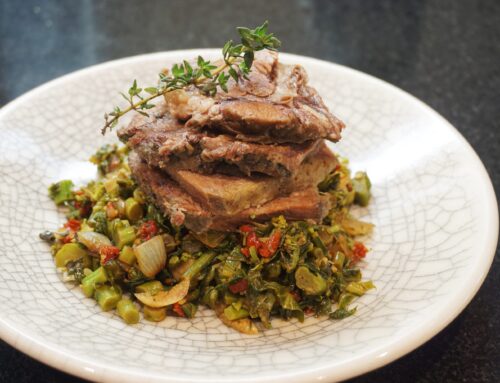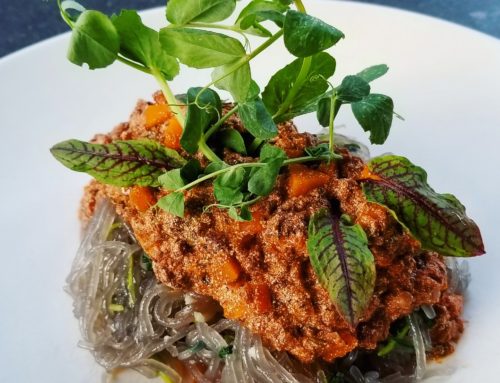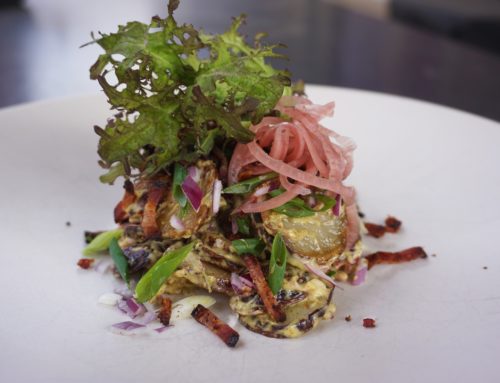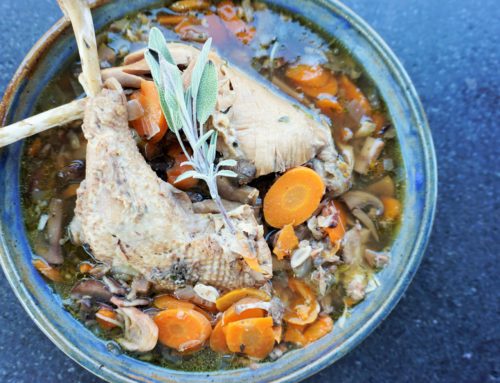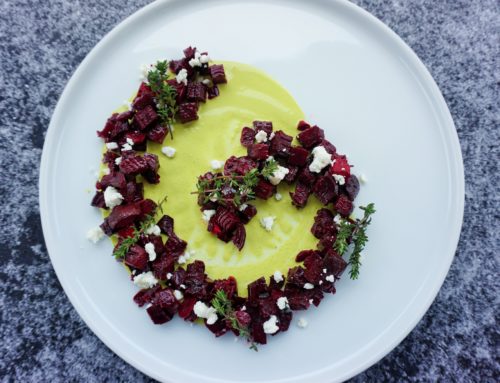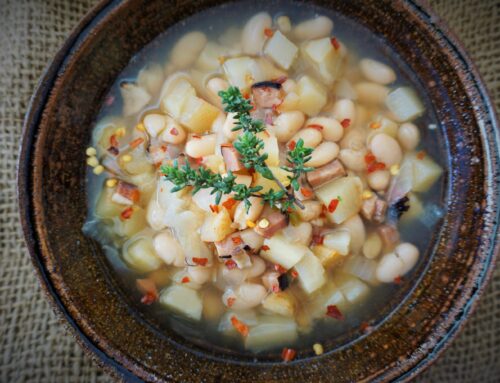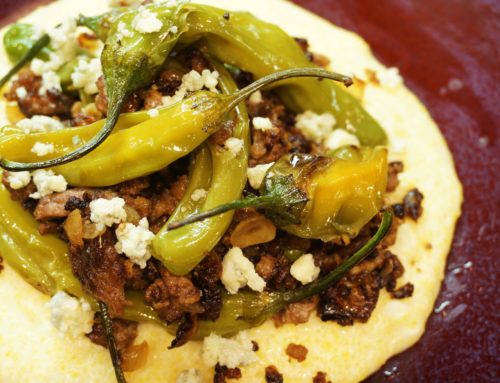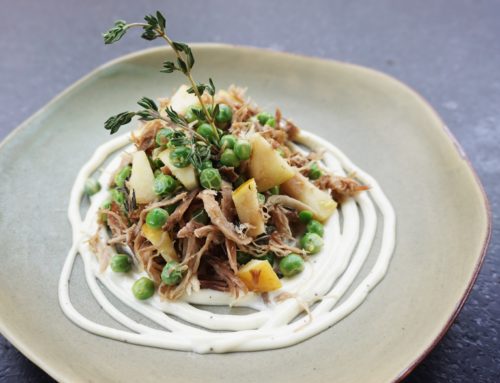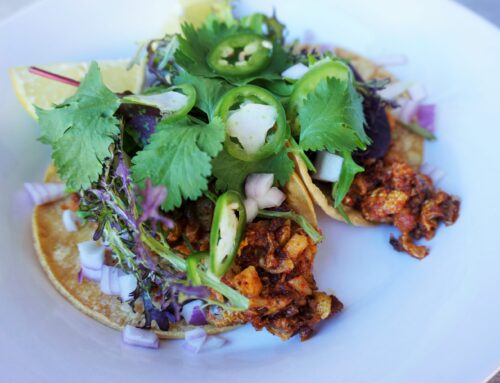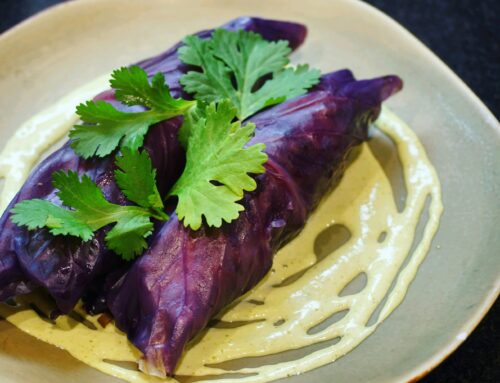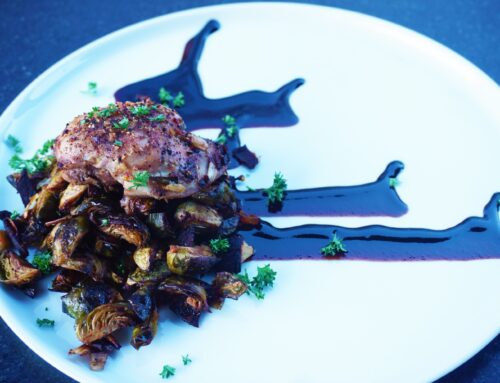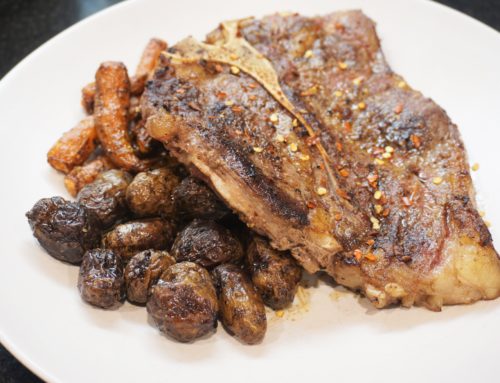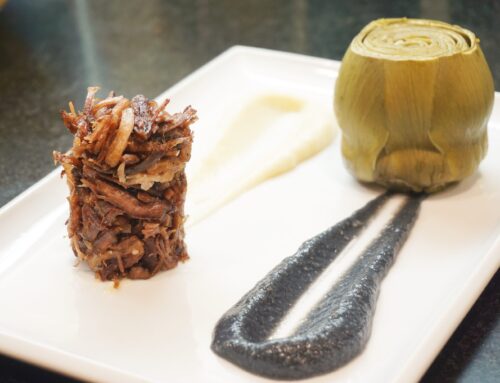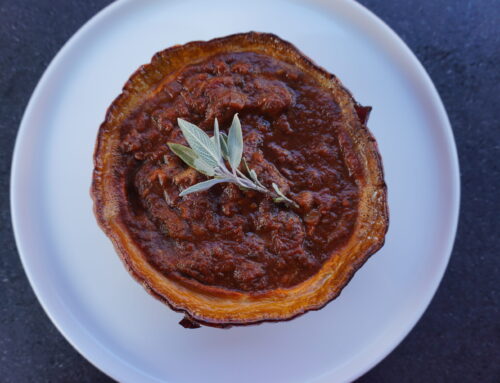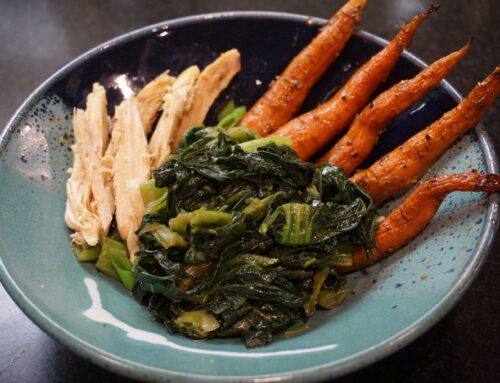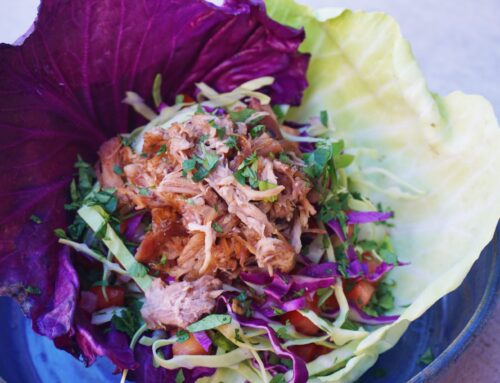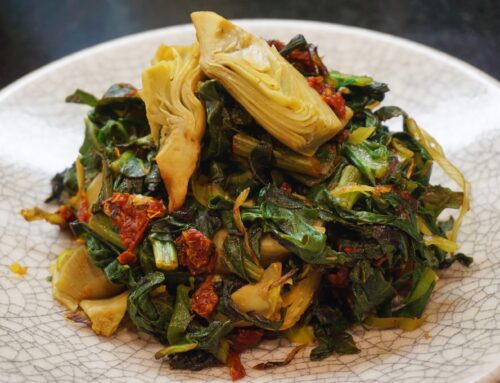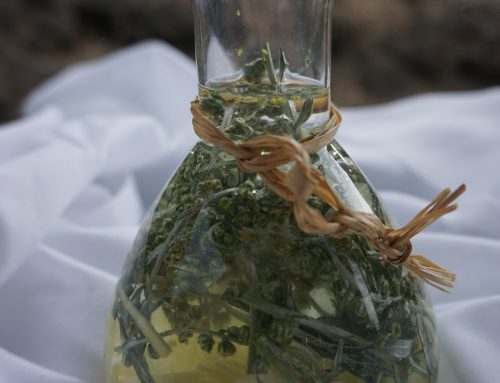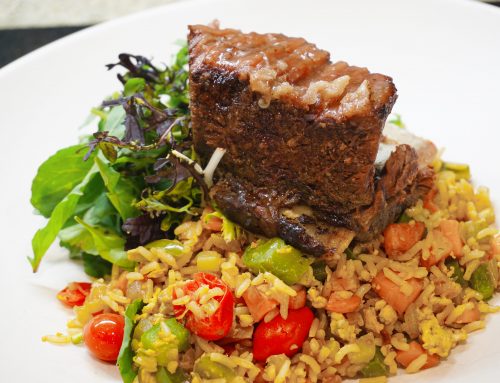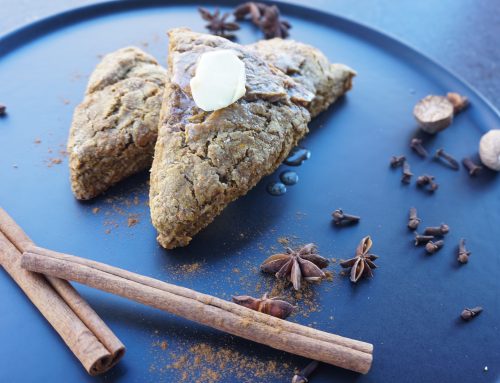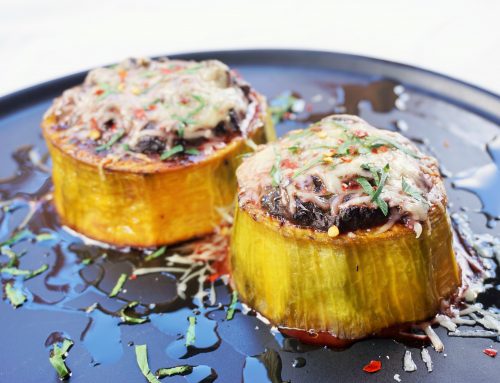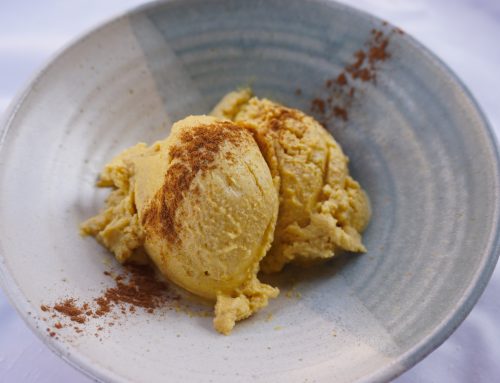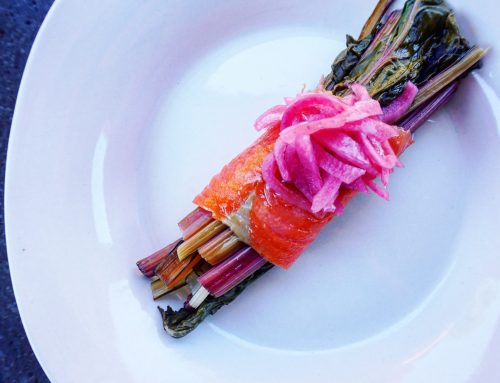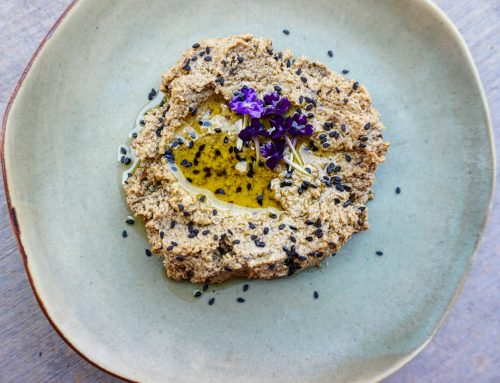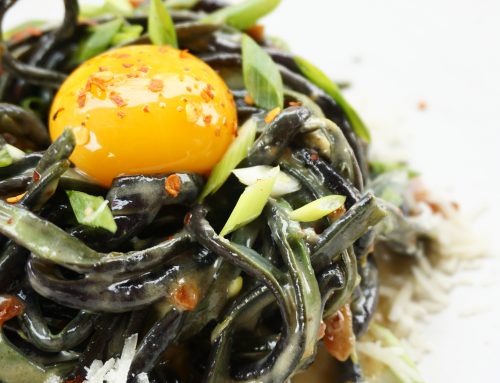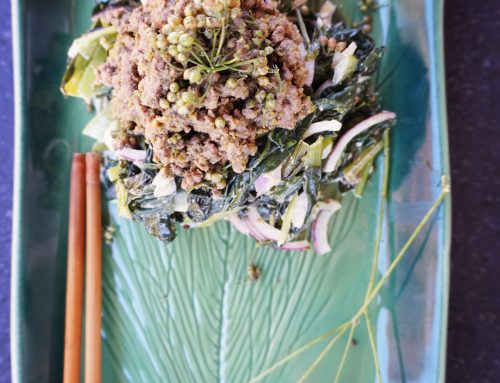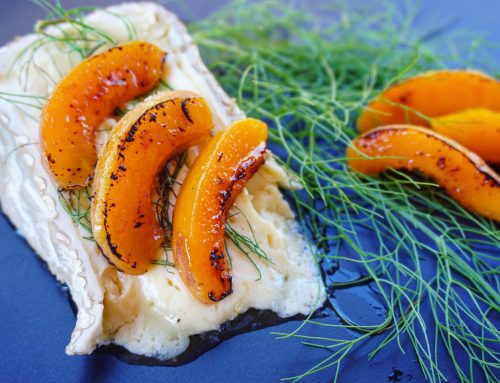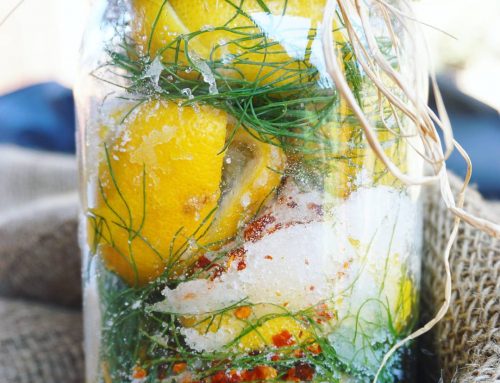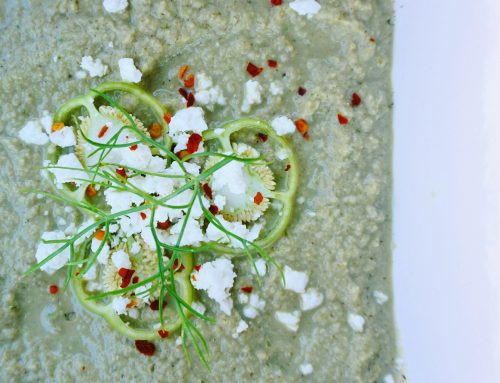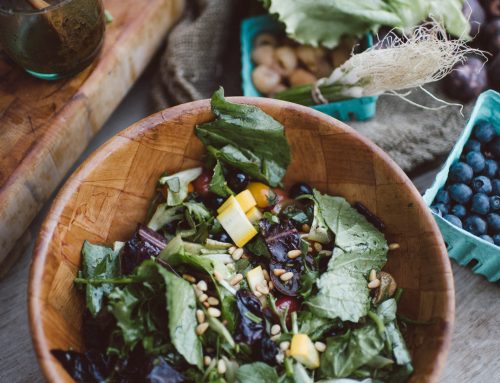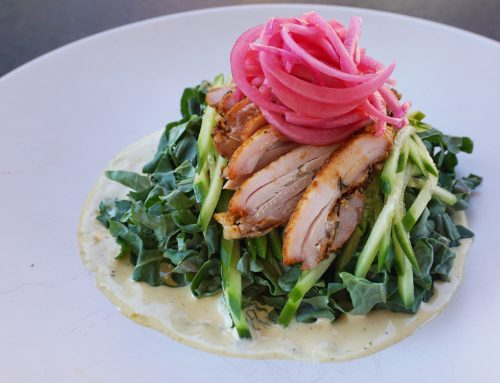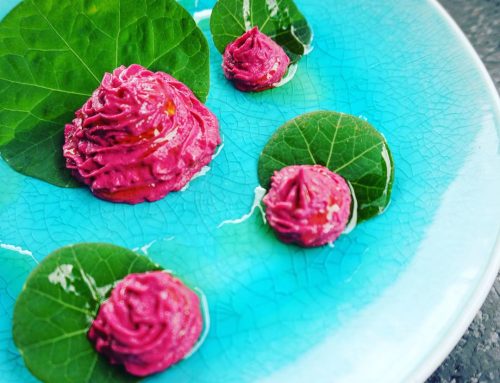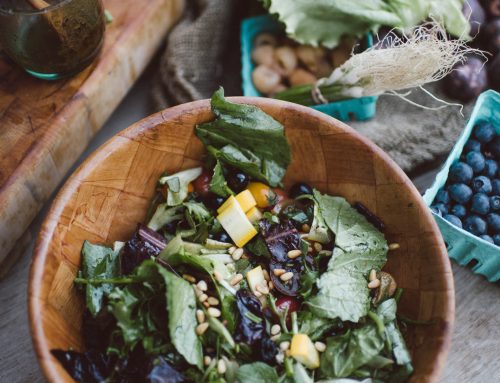I have to admit, I used to be afraid of tomatillos. It’s not that they’re ugly, necessarily, but they’re intimidating. That flakey, papery package concealing a dense, waxy green ball filled me with questions, and I simply never bothered to purchase them. What are they? What would I do with them? Maybe I should skip it and get a tomato…that’ll be easier, more familiar…
So I skipped over them for years and forgot all about their presence until I got a job at Jackson’s Corner. I was just a line cook back then. I learned that tomatillos are a big part of the seasonal lifecycle at Jackson’s: they’re easy to grow in Central Oregon and they store well, making them available for most of the year (except the bitter, cold winter months).
They were the main ingredient in our wintertime salsa and, as a breakfast cook, I was responsible for making that salsa. I stepped up to the prep table, feeling a little bit anxious, and looked around at my fellow cooks. How were they peeling this crazy vegetable (or maybe, fruit)? Is there some trick, some secret, to doing it right? I observed their movements and replicated them: a pinch and a pull and that papery husk peeled right off.
It wasn’t until the green, waxy balls were exposed that I realized how resinous the coating was. After a few dozen tomatillos, my hands were coated in the stuff! I was wiping my hands on my apron, trying to get it off, when I looked up to my coworkers staring at me with grinning eyes. My eyes turned from their smirking faces to their hands, and I suddenly realized why they were all wearing gloves. When you have 20 pounds of tomatillos to peel, slice, and roast, you definitely want to protect your hands!
I washed my hands (only about a thousand times, that stuff was hard to get off) and returned to the table to start quartering the source of my embarrassment. “Try it,” taunted one of my coworkers and I hesitantly popped a wedge into my mouth. I don’t know which happened faster: their shrieks of laughter or my face puckering-up in response to the raw tomatillo’s flavor. Holy sour, batman! With a side of chalk! I assumed because “tomatillo” means “little tomato,” that they would have a similar taste, but that’s what it tasted like at all.
We went on to roast them and make salsa without further incident, but I learned three important lessons that day: 1) never, ever tell my coworkers that I had no experience working with an ingredient (and thus begun the reign of “fake it until you make it”); 2) salt your raw tomatillos; and 3) while you can eat them raw, cooking tomatillos brings out their lightly acidic, delicate flavor.
If you’re not sure what to do with them, get to know their flavor by making salsa. A lot of people will tell you to combine them with avocado, and that makes sense in Mexico where they grow right next to each other. In Central Oregon, we can’t grow avocados so I try not to use them. I have actually come to prefer the brightness of a simple chili, cilantro, onion, and tomatillo salsa.
When you’re ready to play outside the box, think about using them anywhere you might want to add acidity, sweet-sourness, or a little bit of hip-tang. They’re absolutely delicious with smoked pork shoulder on a sandwich or when added to chicken soup. They make an incredible addition to pasta sauces, especially when combined with bell peppers or corn. Sometimes I’ll saute them in lard after crisping up some potatoes, making a deliciously tangy potato salad that’s a breeze to whip up.
Tomatillo Salsa – makes 1 cup
5 medium tomatillos, husked, rinsed, and quartered
1 fresh jalapeño pepper, seeded, and roughly chopped
1/2 small yellow onion, roughly chopped
2 cloves garlic, peeled and crushed
1 cup cilantro leaves
Kosher salt, to taste
For a raw salsa (which will be bright and sour): blend the ingredients in a food processor until well combined.
For a sweeter, richer version: roast the quartered tomatillos under the broiler until they are slightly blackened, about 5 minutes on each side. Blend the ingredients (including any juices on the baking tray) until well combined.
If you don’t like it pureed, chop everything up by hand. Add some water if you want it to be thinner, and add honey if it’s too sour for your liking. For a creamy version, go ahead and add an avocado.
Credits to Chef Lindsay Mattison



